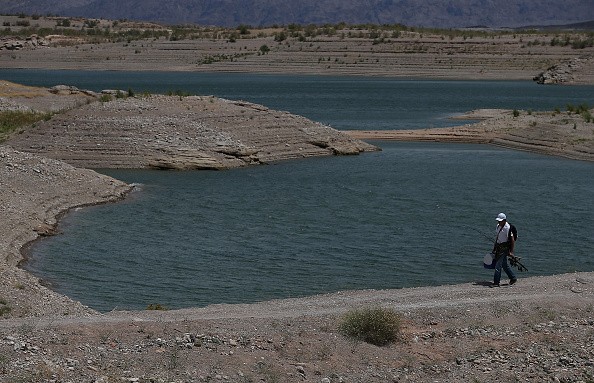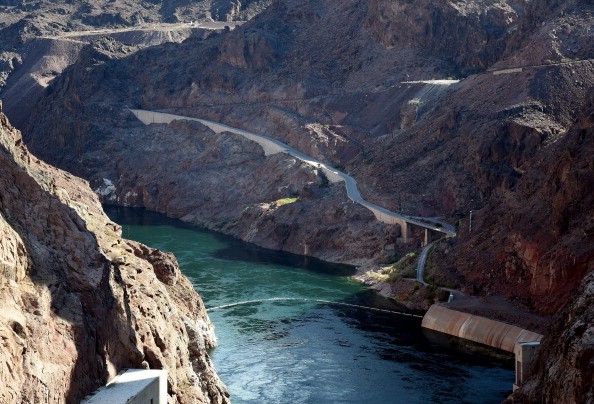With water levels at the largest reservoir in the nation hitting an all-time low, officials are getting ready for what that could mean for the water supply of the region.

Lake Mead
Cradled between Nevada and Arizona, Lake Mead has the possibility of holding an impressive 26.12 million acre-feet of water, getting itself the title of the largest reservoir in the United States with regards to water capacity - when it's full.
However, its present state reflects only a puddle of its potential. As of June 14, 2021, the reservoir formed by Hoover Dam held approximately 9 million acre-feet of water, around 36% of its full capacity after the area passed through over two decades of drought.
According to Mike Bernardo, the river operations manager for the Lower Colorado basin region of the Bureau of Reclamation, the Colorado River system supplies water to tens of millions of people, with the water belonging to the seven basin states and also Mexico. Bernardo revealed to AccuWeather Senior On-Air Meteorologist Adam Del Rosso that it's likely that by the year 2022 the region will be in its first level one shortage condition.
Drought in Arizona, Nevada, and Utah
A massive swath of Arizona, Nevada, and Utah is passing through an "exceptional drought," according to the U.S. Drought Monitor. This category is the most severe measurement on the scale. According to Carl Erickson, AccuWeather Senior Meteorologist, the last measurable precipitation in the region of Lake Mead was on May 16.
However, that only amounted to 0.01 of an inch of rainfall. The final remarkable amount of rainfall goes back a few months. Erickson said: "You have to reverse to March 11 and 12 when a little over a half of an inch of rainfall occured, 0.63 inches, over the course of those two days."
"Entire rainfall year to date, Jan. 1 to June 15, was 0.85 of an inch. Normal for that same time period is 2.04 inches." That the inadequate amount is just 42% of the average rainfall for the year so far.

Human Impacts Contributes to Drought
Taking a look ahead, Erickson added, there's a possibility that the area will stay dry through the rest of June and into early July. To date, there's been no rainfall that is measurable in June.
Matthew Lachniet, a Paleoclimatologist who studies the climate history of the planet, revealed to AccuWeather National Reporter Bill Wadell that human impacts are also promoting the drought.
Lachniet added: " We have some natural variability that's bringing about these droughts but then we also have the human impact added to that, and that's causing temperatures to rise." He added saying it causes more evaporation in the water, and then the soils don't assist in cooling down the climate, so you amplify those warm temperature extremes.
For more news, updates about drought and similar topics don't forget to follow Nature World News!
© 2025 NatureWorldNews.com All rights reserved. Do not reproduce without permission.





